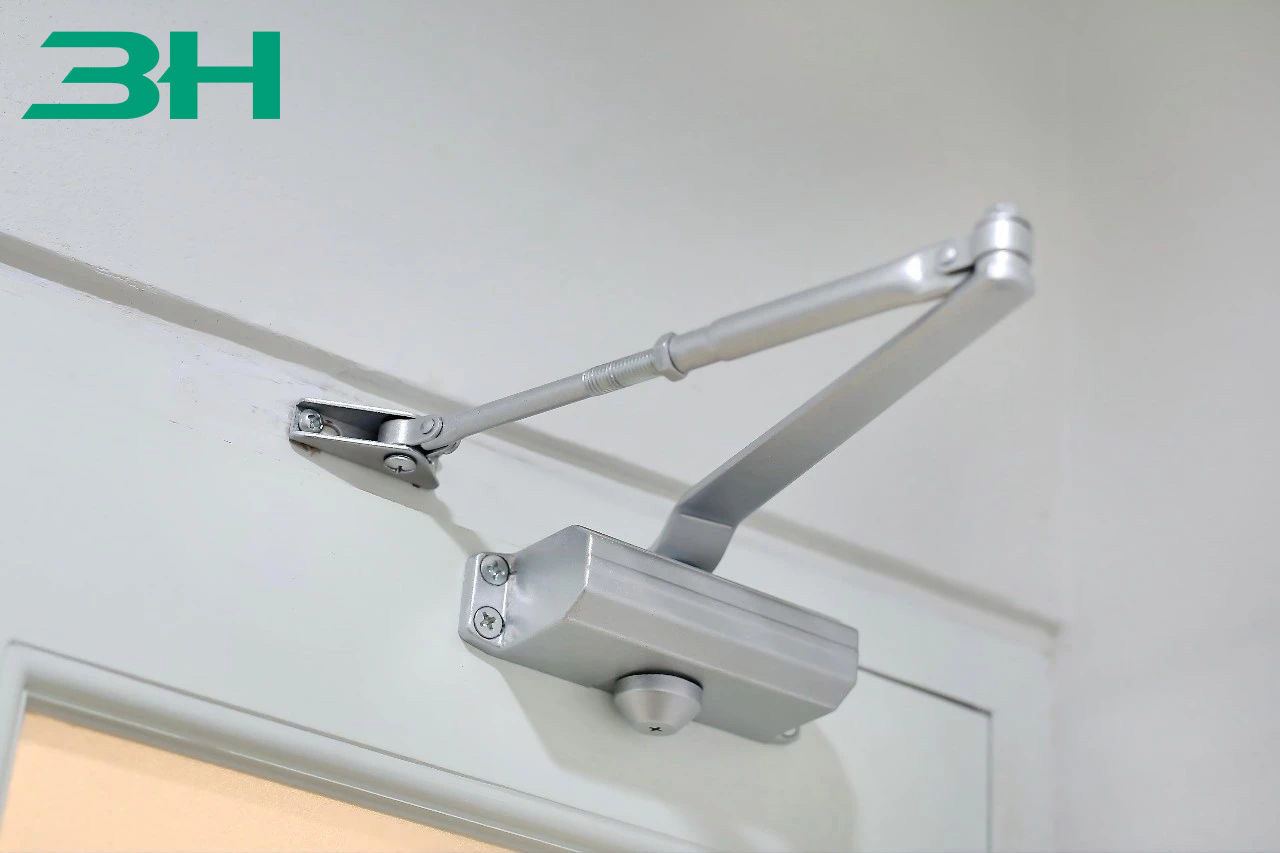Views: 0 Author: Site Editor Publish Time: 2025-10-08 Origin: Site








In modern building safety systems, fire doors serve as crucial passive fire protection facilities, and their performance directly impacts the evacuation of occupants and protection of property in the event of a fire. The core functionality of fire doors relies on the precise coordination and reliable performance of their hardware components. Today, 3hhardware Architectural Hardware will introduce the key standard requirements for engineering fire door hardware components.
Fire door hardware is not merely an upgraded version of standard door locks; it is an integrated system primarily comprising fire locks, door closers, hinges (butts), door sequencers, fire bolts, and more. These components work in concert to ensure that fire doors operate normally under regular conditions and can close automatically, promptly, and effectively during a fire, forming a reliable barrier against flames and high-temperature smoke.
The production and acceptance of hardware components strictly adhere to national and industry standards. Their core requirements can be summarized as follows:
All hardware components must undergo type certification and fire resistance testing by nationally designated authorities, evaluated as an integrated system together with the fire door leaf and frame. According to the "GB 12955-2008 Fire Door" standard, components must not melt, deform, or fail within the specified fire resistance period. They must ensure the door leaf remains continuously closed, effectively blocking flames and high-temperature smoke.
Fire Locks/Bolts: Typically made from high-temperature-resistant metal materials, such as stainless steel or specially treated alloys. Their lock bolt strength and handle torque must meet the relevant stipulations of "GB 12955-2008", ensuring they can withstand impact during emergencies and allow for smooth operation.
Door Closers: As key components for automatic closing, their power performance, closing torque, and service life must comply with the "GA 93-2004 Door Closers for Fire Doors" standard. They need adjustable closing force and speed to ensure the door leaf closes effectively without violent impact.

Hinges (Butts): Must be made from steel with excellent load-bearing capacity and equipped with high-temperature-resistant bearings. Their load-bearing capacity should exceed 1.5 times the weight of the door leaf, ensuring the door does not sag or detach during long-term use and under high temperatures, while maintaining smooth rotation.
The collaborative operation between hardware components, and between components and the door itself, is crucial. For instance, double-leaf fire doors must be equipped with sequencers to ensure the leaves close in the predetermined order, preventing gaps due to incorrect sequencing. The installation positions and dimensional tolerances of all components must be precisely matched to ensure the fire door's seals are effectively compressed, performing their smoke barrier function.
Compliance is the cornerstone of safety. All hardware components for engineering fire doors must be accompanied by a Type Inspection Report and identity certification marks issued by national authoritative bodies (such as the Fire Product Conformity Assessment Center of the Ministry of Emergency Management). During project selection, standard hardware must never be used as a substitute. It is imperative to strictly verify that the certification credentials match the fire resistance rating of the fire door.
Although they may seem like minor details, engineering fire door hardware components are an indispensable link in the building fire safety chain. Deeply understanding and strictly implementing their standard requirements is a wise practice for ensuring building safety at the source and fulfilling safety responsibilities. Equipping every fire door with compliant, high-quality hardware means adding a solid layer of protection to life safety passages.
